Introduction
The arrival of spring heralds a vibrant array of bloom and greenery, making it the perfect time to start your garden. Whether you're a novice or a seasoned gardener, cultivating a spring garden can be both rewarding and therapeutic. This blog post will guide you through planning, preparation, planting, and maintaining a thriving spring garden.
Spring gardening offers numerous benefits, from promoting physical health through active engagement with nature to enhancing mental well-being by reducing stress and anxiety. Gardening also supports environmental sustainability by contributing to a balanced ecosystem. Let's dive into how you can harness these benefits and start your spring garden with confidence.

Planning Your Spring Garden
Assessing Your Space
The first step in planning your spring garden is to assess the space available for planting. Consider the size, location, access to sunlight, and soil conditions. Each plant has specific requirements, so it's essential to match these with the conditions in your garden space.
Determining Sunlight Availability
Most flowering plants and vegetables need at least 6-8 hours of direct sunlight daily. Observe your garden area at different times of the day to understand how much sun it receives. This will help you decide which plants to grow.
Soil Testing
Conduct a soil test to determine its pH and nutrient content. Understanding your soil's characteristics will guide your choice of plants and any necessary amendments to create a fertile planting environment.
Choosing the Right Plants
Once you have assessed your space, you can start selecting plants that thrive in your region and conditions. A balanced mix of perennials, annuals, herbs, and vegetables can bring diversity and vibrance.
Perennials and Annuals
Perennials such as coneflowers, hostas, and daylilies return year after year and require minimal upkeep once established. Annuals are perfect for adding seasonal color and can be switched each year for variety.
Vegetables and Herbs
Spring is an ideal time to plant cool-season vegetables like lettuce, spinach, and peas. Incorporating herbs such as basil and rosemary can also enhance your garden and your kitchen. Explore our selection of herbs and vegetables at Plantology to find the perfect fit for your garden.

Preparing Your Garden for Planting
Clearing and Cleaning
Once you’ve planned your garden and selected your plants, it's time to clear out the area. Remove any debris, weeds, and old plant material to create a clean slate for new growth. This helps eliminate diseases and pests that may linger from previous seasons.
Soil Preparation
Enhancing your soil is fundamental to the health of your garden. Add organic matter such as compost or well-rotted manure to enrich the soil with nutrients and improve its texture.
Tilling the Soil
Tilling breaks up compacted soil, allowing roots to penetrate more easily and improving water infiltration. Avoid tilling when the soil is too wet, as this can lead to compaction instead of aeration.
Fertilizer Application
If your soil test indicates a nutrient deficiency, use an appropriate fertilizer to supplement your soil. Follow the recommended application rates to avoid nutrient burn.
Setting Up Garden Design Elements
Consider incorporating design elements like raised beds, trellises, or pathways. These not only enhance the aesthetic appeal but also improve accessibility and organization within your garden.

Planting Your Spring Garden
Timing Your Planting
Timing is critical when planting your spring garden. Monitor the last frost date in your area to avoid planting too soon. Use a planting calendar to schedule staggered plantings for continuous blooms and harvests.
Planting Techniques
Each plant requires specific planting techniques. Pay attention to instructions on seed packets or plant labels regarding depth, spacing, and orientation.
Direct Sowing vs. Transplanting
Some plants, like beans and carrots, do well when seeds are sown directly into the garden. Others, such as tomatoes and peppers, benefit from being started indoors and transplanted as seedlings once conditions are favorable.
Watering Properly
Newly planted seeds and seedlings need consistent moisture to establish roots. Water gently to avoid disturbing the soil, ensuring it is evenly moist but not waterlogged.
Incorporating Companion Planting
Companion planting is the practice of growing certain plants together for mutual benefit. For example, planting marigolds among vegetables can deter pests, while beans and corn can support each other’s growth.

Maintaining Your Spring Garden
Regular Watering and Feeding
Establish a watering schedule based on the specific needs of your plants and local climate conditions. During dry spells, increase watering frequency to prevent plant stress.
Mulching
Applying mulch around plants helps conserve moisture, suppress weeds, and regulate soil temperature. Use organic materials like straw, bark, or shredded leaves for mulching.
Weed and Pest Control
Regularly inspect your garden for pests and weeds. Hand-pulling weeds before they seed protects your plants from competition, while natural pest control methods can minimize harmful chemicals.
Natural Pest Repellents
Encourage beneficial insects by planting nectar-rich flowers. You can also use homemade sprays from garlic or neem oil to deter common pests.
Pruning and Deadheading
Prune ornamental plants to maintain their shape and encourage vigorous growth. Deadheading spent flowers directs the plant's energy back to producing new blooms.
Season-End Cleanup
As spring transitions into summer, start cleaning up by removing spent plants and debris to prepare for the next planting cycle. This keeps your garden tidy and reduces the risk of pest and disease buildup.

Enhancing Your Garden with Features and Accessories
Garden Art and Structures
Enhance your garden's aesthetic with art and structural elements. Items like birdbaths, wind chimes, or garden sculptures add interest and personality to your space.
Natural Elements: Water Features and Rock Gardens
Consider installing a small water feature like a pond or fountain to create a serene environment. Alternatively, a rock garden can provide a unique texture contrast and accommodate drought-tolerant plants.
Pathways and Lighting
Create pathways with stones or gravel to guide visitors through your garden. Add solar lights for a charming touch that also increases functionality after dusk.
Continuous Learning and Community Engagement
Keeping Abreast of Gardening Knowledge
Stay informed about gardening trends and techniques by reading books, subscribing to gardening magazines, or participating in online forums.
Join Gardening Communities
Connect with local garden clubs or community gardens to share experiences and learn from seasoned gardeners.

Conclusion
Starting a spring garden is a fulfilling endeavor that contributes positively to your well-being and environment. From planning to harvesting, every step offers a chance to connect with nature and enjoy the fruits of your labor.
Here at Plantology, we are committed to aiding you on your horticultural journey. Whether you're seeking exquisite palms or hardy perennials, our range of products is sure to meet your needs. Visit our website today to explore our collections and enhance your garden effortlessly.










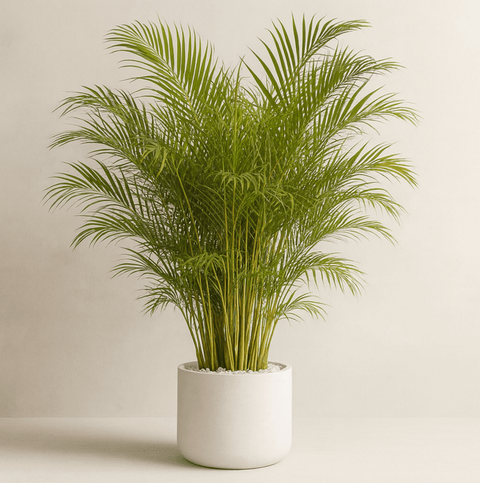






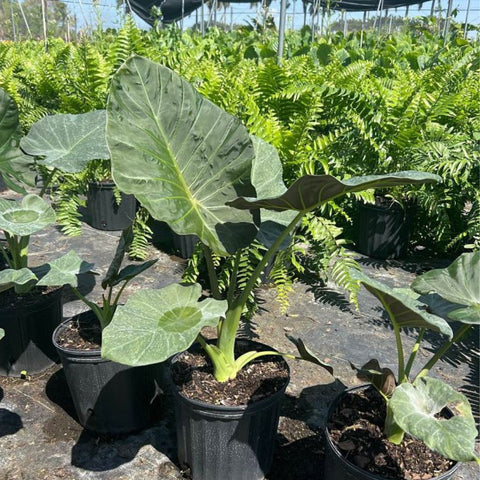
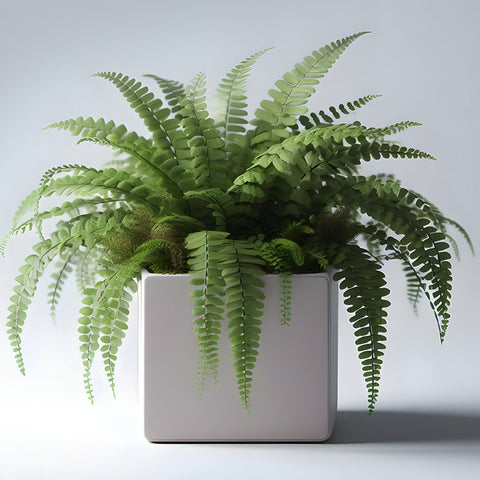




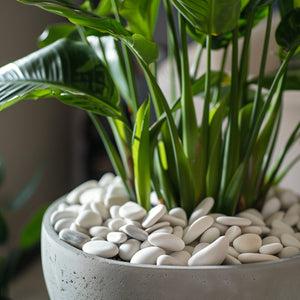

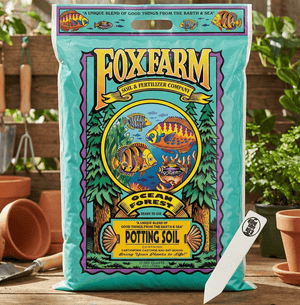




Comments (0)
There are no comments for this article. Be the first one to leave a message!